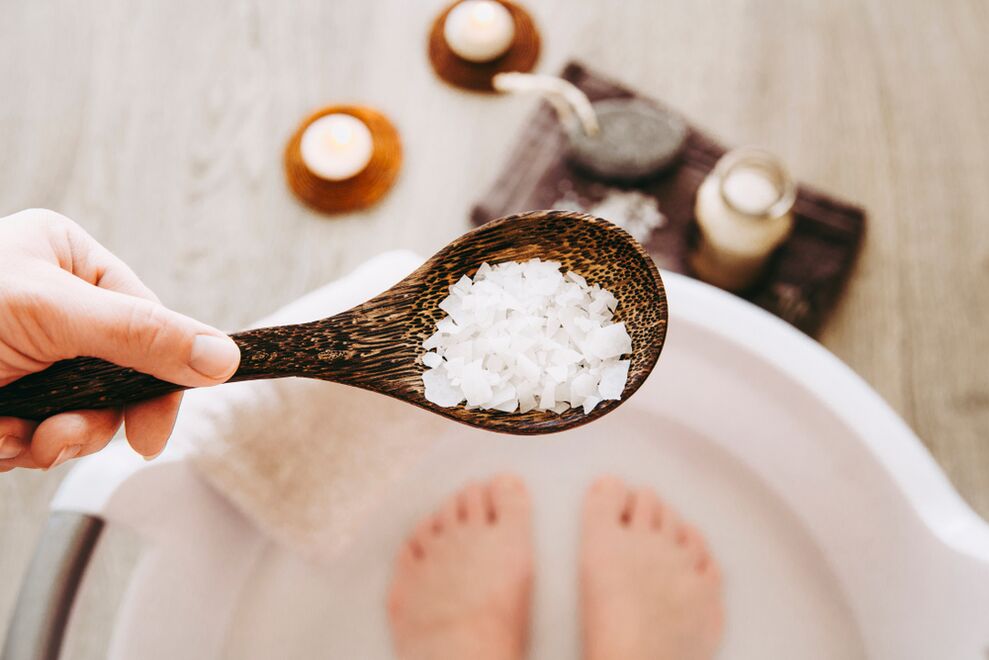
Toenail fungus is a disease that many people suffer from. The disease is easy to get infected, but it is much more difficult to cure toenail fungus. Many patients use folk remedies to get rid of the fungus. In many cases, using them to treat nail fungus is cheaper and more effective than traditional medicines.
What is Nail Fungus
Nail fungus (onychomycosis) is caused by infection of the nail plate by a pathogenic fungus. Fungi are the smallest microorganisms that feed on proteins contained in nail tissue. Most fungi that live on human nails belong to the genus Trichophyton, although onychomycosis can also be caused by fungi of the genera Epidermophyton, Microsporum, and Candida.
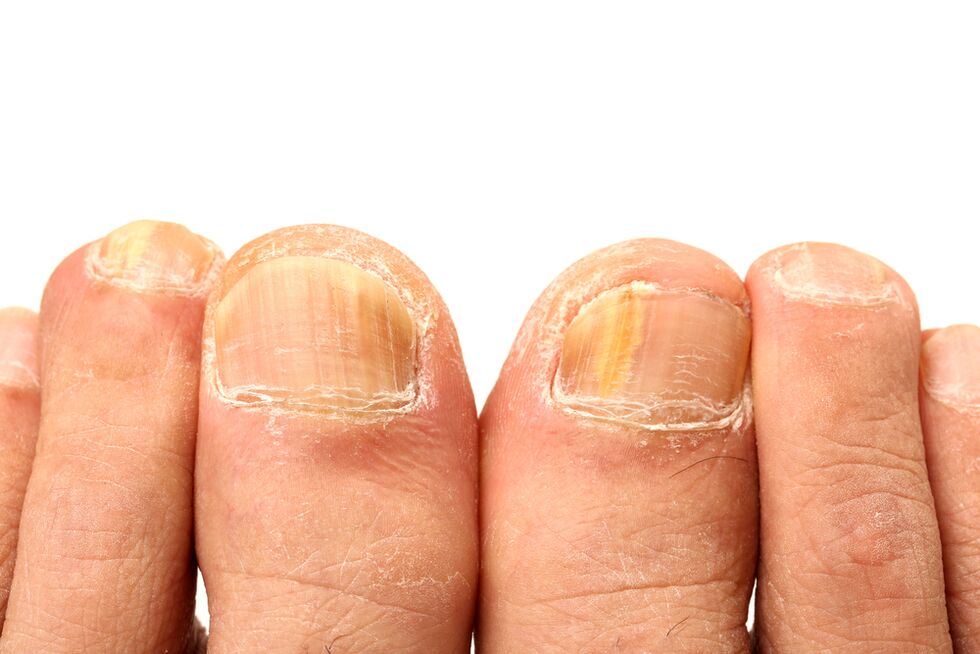
Onychomycosis is an infectious disease. Fungi can get into nails by touching objects that contain fungal spores. It can be the floor of a sauna, bathtub, swimming pool, changing room, nail tools, shoes, socks. However, active reproduction of the fungus occurs only when immunity is severely weakened or there are problems with the health of the circulatory and endocrine systems. Also causes diseases:
- Excessive sweating of the legs;
- nail injury;
- ignoring hygiene rules;
- taking drugs that lower immunity - immunosuppressants, corticosteroids;
- excess weight;
- Uncomfortable or old shoes.
Main symptoms of onychomycosis:
- itching, burning;
- deformed, thickened or thin nails;
- Changes in nail color (brown, brown, yellow, or dark);
- delamination, broken nails;
- stink.
Neglecting nail fungus can cause the nail plate to fall off and fester. Additionally, the fungus can enter the surface of the skin, even beyond the legs. There is a risk of infecting others, especially relatives of the patient.
How can you cure nail fungus?
Many methods have been developed to treat nail fungus. Most of these involve applying antifungal medication to the surface of the nail. If the nail is completely affected by the fungus, the nail is surgically removed. However, not everyone is happy with traditional methods. There are many reasons for this - pharmacy medicines are expensive, difficult to obtain (for example, if one lives in a rural area), inefficiency, distrust of traditional medicine, allergies to medicines.
Treating Fungus with Folk Remedies: The Most Effective Ways
Therefore, people looking for a cure for onychomycosis often turn to folk remedies. These methods have not been rigorously scientifically proven to be effective. But in practice, nail fungus remedies using folk remedies can help a lot, especially if the disease is in the early stages, i. e. one or two plates are affected and the skin is not yet affected. At the same time, folk remedies for the treatment of nails do not exclude the parallel use of traditional medicines. In this case, the latter effect can be significantly enhanced. It's usually not worth waiting for the quick results of treatment; getting rid of fungus with folk remedies usually takes 2-3 months.
Antiseptics are the most commonly used home remedies. These are boric acid, iodine, bright green, potassium permanganate, soda, hydrogen peroxide, boric acid, chlorhexidine, ammonia. These medicines, strictly speaking, cannot be attributed to the folk, because they are widely used in traditional medicine. However, doctors don't usually prescribe them as first-line drugs to people with onychomycosis. But that doesn't mean the antiseptic won't affect the fungus on your legs. However, their effectiveness is most often manifested in the initial stages of the disease.
Anti-inflammatory and antiseptic based on herbs (St. John's wort, celandine, herbal preparations) can be attributed to folk remedies. These treatments and recipes are also most often recommended by doctors as adjuncts.
In addition, folk remedies treatment includes the use of:
- plant essential oils;
- birch tar;
- kombucha;
- Propolis;
- garlic, onion;
- acerbic;
- grind coffee;
- Household and tar soaps;
- lemon juice.
In most cases, foot baths, lotions, compresses, ointments are used to treat onychomycosis with folk remedies. Sometimes the product can be applied directly to the surface of the nail. Some procedures last only a few minutes, while in other cases, the treatment compound must be left on the nail for several hours. In this case, the procedure is best done at night.

Take a hot bath with medicated water 1-2 times a day. The duration of the process is 15-20 minutes. The water should be lukewarm, but not hot. If the water has cooled before the program is finished, then you will need to add a little hot water to the container.
It is advisable to steam the legs before applying any medication to the surface of the nail. That's why it's best to use a tub when treating onychomycosis, as the surface of the nail will soften and the treatment compounds can penetrate better into the deeper tissues. In addition, medicinal substances can also penetrate under the nail bed when using a bath, whereas with compresses and lotions, only the upper surface of the board is affected. Meanwhile, parasitic fungi often live underneath.
It is necessary to periodically excise the loose and deformed parts of the nail affected by the fungus. For the treatment of healthy and diseased nail plates, it is better to use different manicure tools to avoid the transfer of infection. During treatment, it is necessary to change socks regularly, as increased sweating can promote the growth of fungi. Situations that promote re-infection should be avoided - going to the pool, gym, bathroom, etc.
All herbal ingredients must first be allergy tested.
potassium permanganate
Potassium permanganate solution is a powerful all-purpose preservative that is often used at home. It is also active against pathogenic fungi. You can use body wash and lotion at the same time. To prepare for a bath, you will need 500 ml of vinegar and 10 grams of potassium permanganate per 10 liters of water. The duration of this process is 20 minutes.
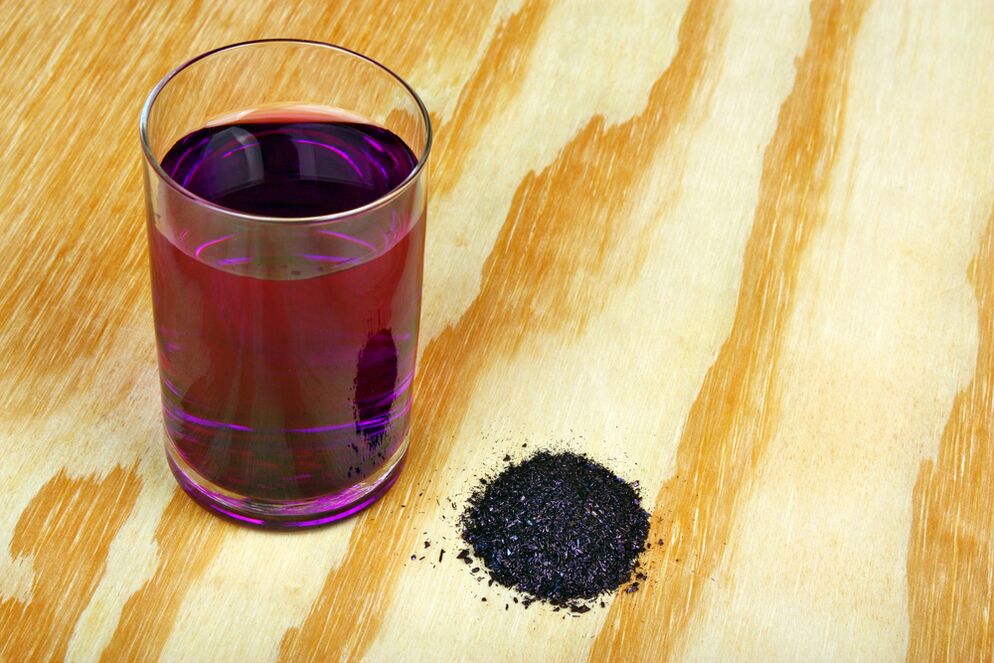
Vinegar treatment
Pathogenic fungi cannot tolerate acidic environments - it is based on this characteristic that vinegar is used to treat fungal diseases. Best to use 9% vinegar. Vinegar can be added to foot baths. You can also make a lotion with vinegar and rub it in. To prepare a vinegar bath, pour enough water into the basin to reach your ankles and add 200ml of vinegar to it. The water temperature should be +50 °C. The program has a duration of 15 minutes and must be performed every other day.
Another recipe calls for adding eggs to the vinegar. Dissolve 200 ml of vinegar in 5 liters of water and add 2 raw eggs to it. Stir the mixture. In this foot bath, you need to stay for 20 minutes. The course of treatment is 1-2 weeks.
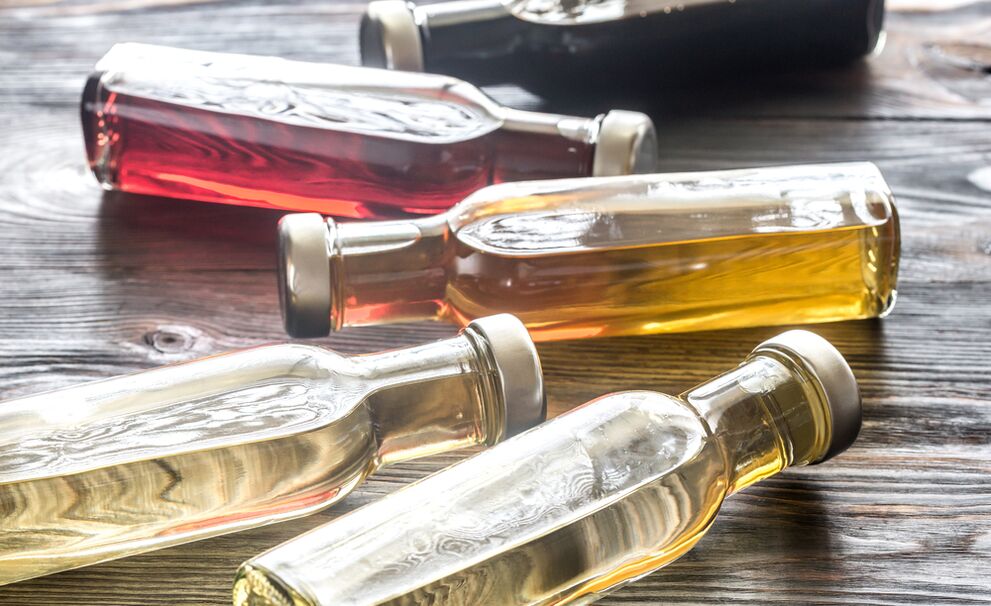
For the lotion, take a cotton pad, soak it in vinegar beforehand, and apply it to your nails for 15 minutes.
Treatment with vinegar requires caution as it is a caustic substance. Vinegar therapy should not be used on damaged skin.
Celandine treatment
Celandine is a plant that has long been used to treat problem skin. It can also help treat onychomycosis. But celandine contains toxic substances and should be used with caution.
It is best to use fresh celandine juice, which is obtained from the plant that has been chopped and squeezed. This juice is applied to the nails twice a day. The course of treatment is three months.
You can also prepare celandine soup. For this, 5 tablespoons. l. Herbs, pour 1. 5 liters of boiling water. Heat the mixture on fire for 10 minutes, then filter. This decoction can be used in foot baths. They must be taken within 15 minutes. The procedure is performed 2 times a day.
To make a celandine tincture, you need to take alcohol and celandine juice in equal proportions. Inject fluids during the day. Celandine tincture lubricates affected nails.

You can also prepare an ointment with celandine. For this, 2 tablespoons. Butter mixed with chopped celandine. Apply the ointment to the nails 2-3 times a day for 10-14 days.
garlic treatment
Garlic contains natural substances that kill harmful microorganisms. Therefore, garlic is also used to treat onychomycosis.
For treatment, you can use garlic juice or crushed garlic. For example, it is recommended to dilute garlic juice with alcohol and water (ratio 1: 1: 1). With this solution, you can lubricate your nails every day.
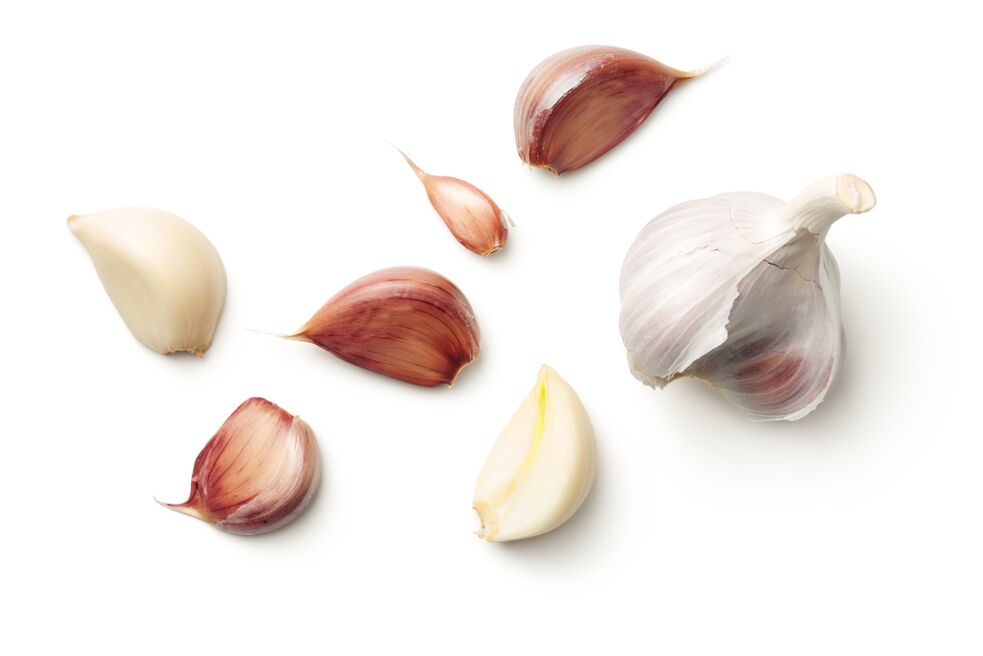
essential oil
In the treatment of onychomycosis, use lavender oil, ylang ylang oil, lemon oil, fir oil, rosemary oil. The most popular is tea tree oil. Essential oils can be used in therapeutic baths. For a tub with a capacity of 3 liters (temperature +45°C), you only need 10 drops of oil. The duration of this process is 20 minutes. When you're done, wrap your feet in a dry towel. The course of treatment is 2 weeks.
Another version of the tea tree oil bath also includes the use of salt. For 1 liter of water, take 1. 5 tablespoons. salt and 1 tsp. Oil. The procedure should be completed within 15 minutes.
You can also use essential oils for compresses. To do this, in 2 tsp. The water will dissolve a few drops of the heated oil. Apply cotton wool soaked in the solution to your nails. You need to keep it on for about an hour.
The easiest way to treat onychomycosis with essential oils is to periodically wipe the surface of the nail plate with a cotton swab moistened with oil. This process must last 2-3 weeks.
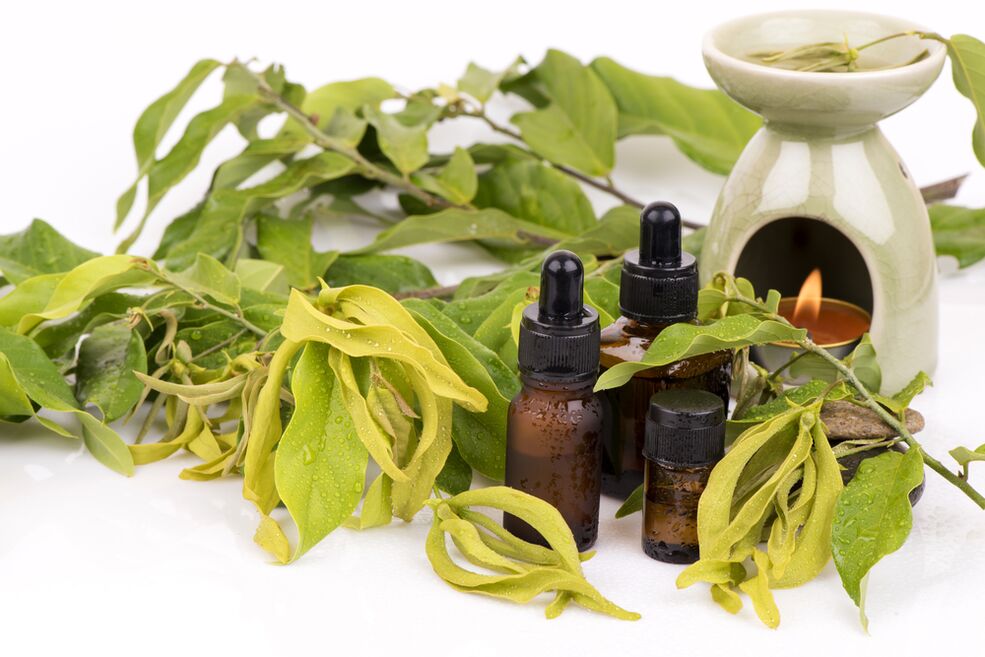
Propolis
Propolis is a beekeeping by-product long used in folk medicine. There are also recipes for treating onychomycosis with propolis. For example, a tampon soaked in a propolis alcohol tincture can be applied to the nails with fungus. To prepare the tincture, you need to infuse 30 grams of propolis in 500 ml of vodka for 2 weeks. This tampon should be used throughout the day.

You can also take a bath with propolis. Just 15 drops of tincture per 3 liters of water is enough. The duration of this process is 15 minutes. You can apply to nails and pure propolis. This process should also not last more than 15 minutes.
salt and soda
Sea and table salt and soda are included in many onychomycosis recipes. They are usually added to foot baths. A salt bath can be done as follows - dissolve a tablespoon of salt in 2-3 liters of water. You will also need to add a tablespoon of baking soda. The process is completed within 15 minutes. It is recommended to combine it with the application of antifungal creams.

You can use another bathing method - 4 liters of water requires 100 grams of salt and 4 tablespoons. Bitchy. To improve the effect after a salt bath, it is recommended to treat the nails with iodine.
iodine
Alcoholic solutions of iodine are indicated for the treatment of onychomycosis. Iodine compounds positively affect the fungal cells and protein compounds in the nail itself. As a result, fungi lose their source of nutrition. Iodine is cheap and easy to use. It is necessary to treat the nail plate affected by the fungus daily with iodine. One drop per nail is enough. You can also periodically lubricate your nails with a cotton swab soaked in an iodine solution. An iodine solution bath is also used. To prepare the body wash, all you need to do is add 10 drops of the iodine solution to a container of water. This process should take 10-15 minutes.
Iodine can also be used to prevent fungus on healthy nails. However, regular treatment with iodine has many contraindications - intolerance to the substance and thyroid disease.
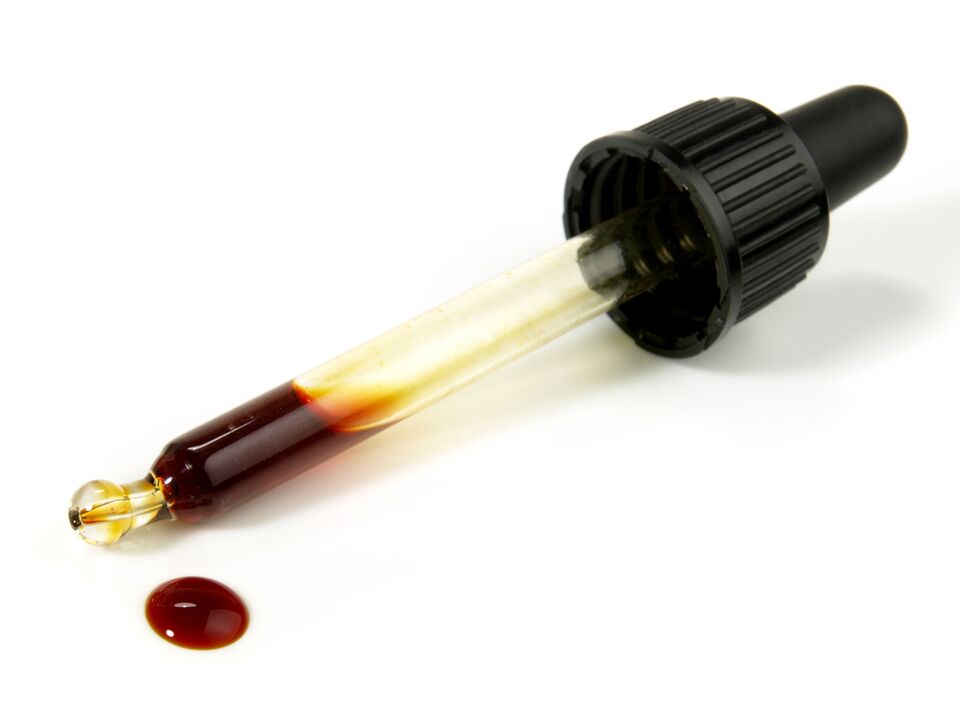
Alcohol
It is used as part of a combined treatment of onychomycosis and medical alcohol. Most of the time, compresses are made with alcohol and applied to the affected nail. Before surgery, the nails must be properly steamed in warm water. It is best to apply an alcohol pack at night and treat your nails with antifungal medication in the morning.
tea mushroom
Kombucha is a traditional medicine used to treat a variety of ailments, including fungal diseases. The substances contained in kombucha are active against most pathogenic fungi, with the exception of Candida spp. Kombucha is usually grown at home. For therapeutic purposes, infusions are best given at three months of age.
Typically, for onychomycosis treatment, a tampon soaked in boiled kombucha concentrate is used to compress. This procedure should be done at night. You can also lubricate your nails with fungal gruel.
Contraindications to the use of kombucha:
- Pregnant,
- diabetes,
- breastfeeding,
- alcoholism,
- hepatitis,
- AIDS.
hydrogen peroxide
This substance also has a negative effect on fungi. The most commonly used hydrogen peroxide bath. This procedure requires 150 mL of a 3% peroxide solution per 4 L of water. The duration of the process is 25-30 minutes.
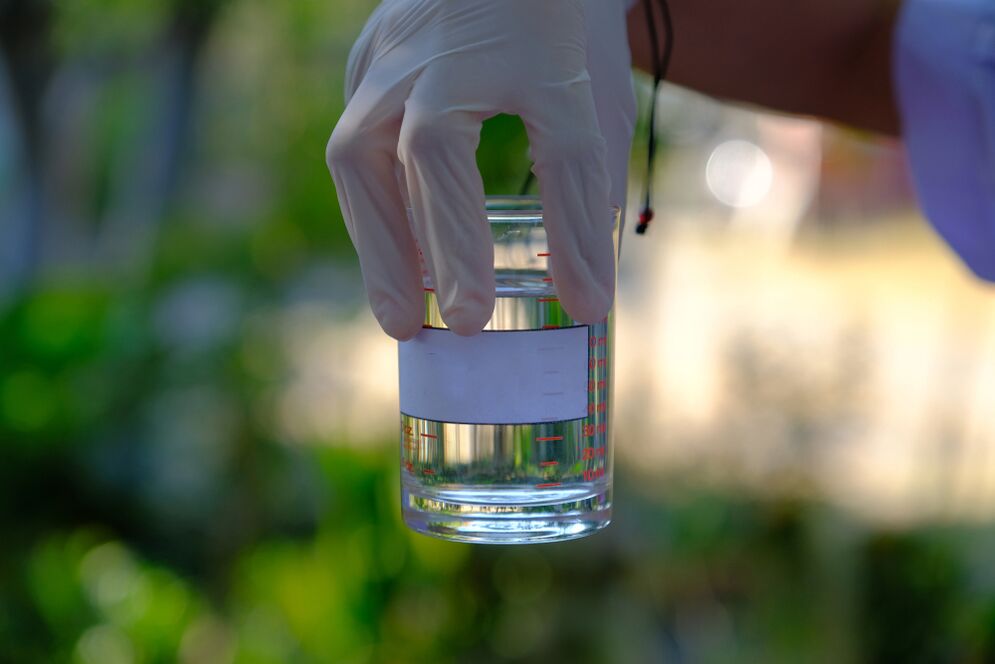
You can also compress with hydrogen peroxide. To do this, a cotton swab must be moistened with peroxide and applied to the sore nail. The duration of this process is 1 hour. You can also mix peroxide and vinegar in equal proportions. Soak a cotton swab with this mixture. Then apply the mixture to your nails.
Tar and Tar Soap
Birch tar is one of the oldest antiseptics and anti-inflammatory drugs known to folk medicine. Tar can be used in pure form or in ointment form as a supplement to traditional remedies. Also used soap with added tar - tar. Before applying tar to nails, they must be steamed. Tar on dry nails. The process lasts 2 hours and then the tar is washed off with warm water.
Due to the lack of tar, you can use tar soap - a tool that can be found in any home. It can also be used to fight fungi - both for treatment and prevention.
First, you can soak your feet with soap. In the bathtub, it is necessary to dissolve the maximum amount of soap. To help the soap dissolve better, you can grind it up. The water temperature is warm, but not hot. Perform this procedure for 20 minutes. Another recipe was also used - 15 grams of soap mixed with 30 grams of baking soda. This mixture must be applied to sore nails daily.
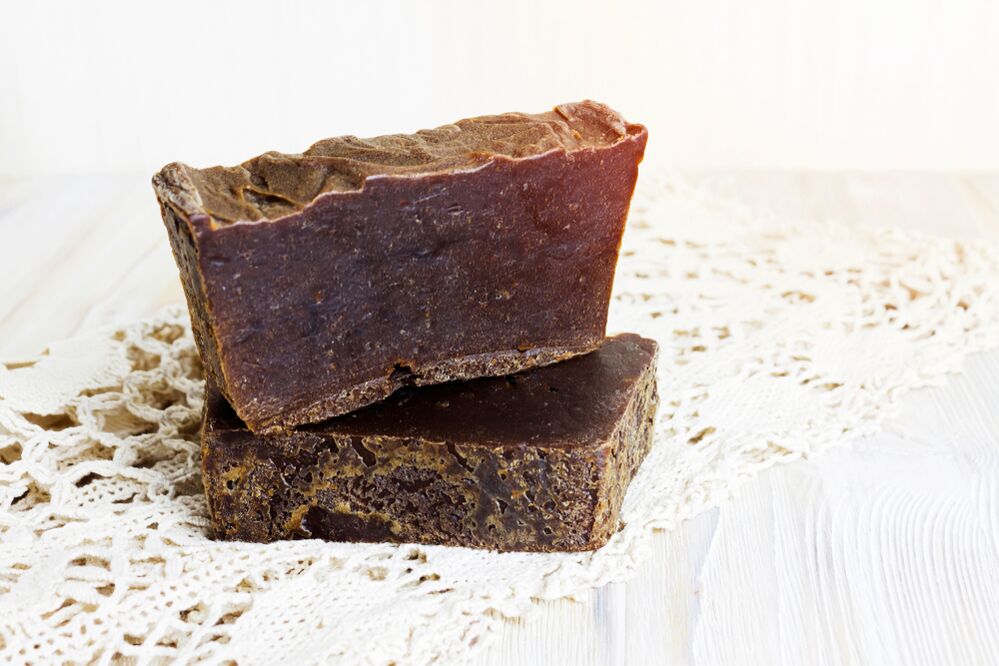
Skin may become overly dry after using tar soap. In this case, you can use a moisturizing cream. Tar and tar soap are contraindicated for people with dry and sensitive skin.
Boric acid
This popular antiseptic also helps fight fungus. Using a 2% solution of boric acid, it is necessary to periodically wipe the diseased nails that have been steamed in water before. However, acid should not be used if there are cuts, abrasions, or bruises on the skin.
Urea
The bactericidal effect of urea is related to the ability of this substance to absorb water. Since fungi need water to survive, they die quickly from exposure to urea. Urea is best used with birch tar. The two substances are taken and mixed in equal proportions. Apply the composition to the nails and keep for a day.
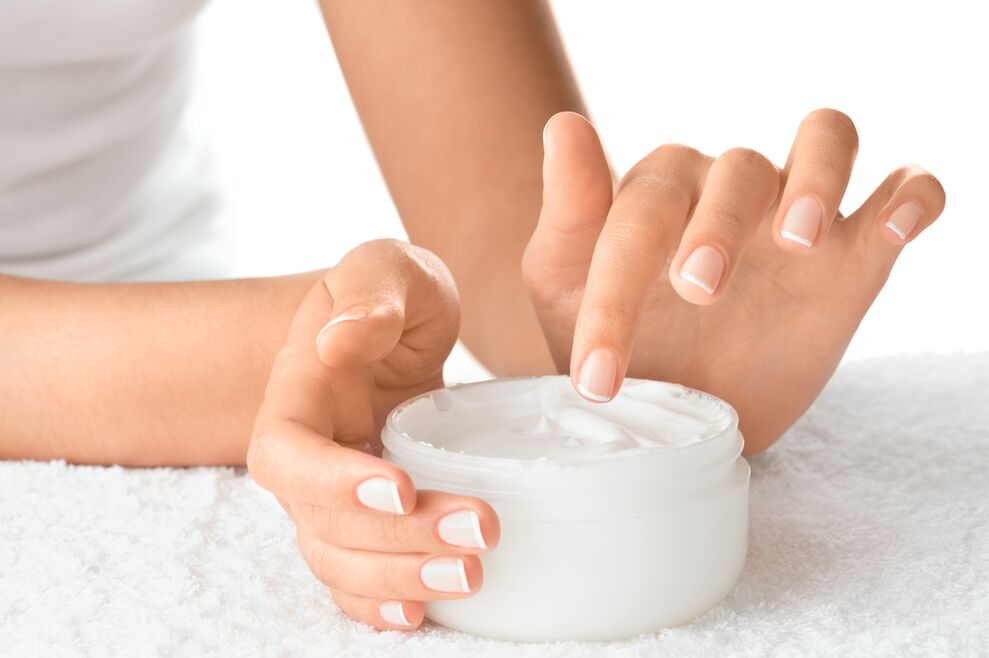
Then, after removing the affected part of the nail plate, iodine is applied to the nail for five days. If necessary, repeat the process 1-2 more times.
















